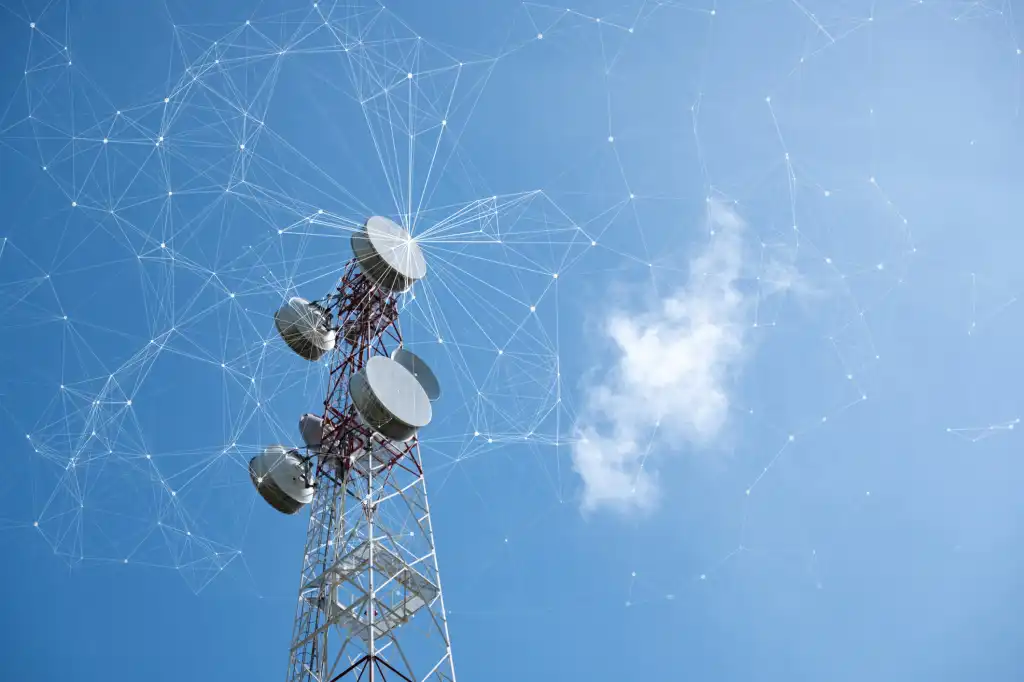5G key technical requirements

Introduction
5G is the fifth-generation wireless technology that offers a more advanced and faster network than its predecessor, 4G LTE. It is designed to meet the growing demand for high-speed mobile internet connectivity, massive machine-to-machine communication, and the Internet of Things (IoT). This article will provide a summary of the key technical requirements of 5G, discussing each requirement technically.
Key Technical Requirements of 5G
High data rates
One of the primary technical requirements of 5G is to achieve higher data rates than those of 4G. This is achieved through the use of higher frequency bands, wider bandwidth, and advanced modulation techniques. 5G uses millimeter-wave (mmWave) spectrum, which operates at frequencies higher than 24 GHz, to achieve these high data rates. The use of mmWave spectrum provides a large amount of available bandwidth, which is necessary to achieve the required data rates. 5G also uses advanced modulation techniques such as quadrature amplitude modulation (QAM) to encode more data in each transmission.
Low latency
Low latency is another critical technical requirement of 5G. Latency refers to the time it takes for data to travel from the source to the destination. Low latency is essential for applications that require real-time interaction, such as autonomous vehicles and augmented reality. 5G achieves low latency through the use of small cell networks, edge computing, and advanced modulation techniques. Small cell networks provide a more localized network that reduces the distance data must travel, while edge computing processes data closer to the source, reducing latency. 5G also uses advanced modulation techniques, such as orthogonal frequency-division multiplexing (OFDM), to reduce the time required to transmit data.
High reliability
5G networks must be highly reliable, especially for mission-critical applications such as healthcare and public safety. To achieve this reliability, 5G networks use multiple antennas and beamforming techniques to direct signals only where they are needed, reducing interference and improving signal quality. 5G networks also use advanced error correction techniques to ensure that data is transmitted accurately and reliably.
Massive machine-type communication
5G is designed to support massive machine-type communication, which refers to the communication between machines, devices, and sensors. This is achieved through the use of narrowband IoT (NB-IoT) and extended coverage GSM (EC-GSM) technologies, which are optimized for low power and low data rate applications. 5G networks also use network slicing, which allows multiple virtual networks to be created within a single physical network, providing dedicated resources for specific applications.
Energy efficiency
5G networks must be energy-efficient, especially for low power and low data rate applications. This is achieved through the use of advanced power management techniques, such as dynamic power allocation and sleep mode, which allow devices to conserve energy when not in use. 5G networks also use low power wide area (LPWA) technologies, such as NB-IoT and EC-GSM, which are optimized for low power and low data rate applications.
Network densification
Network densification refers to the increase in the number of network nodes, such as base stations and small cells, to provide better coverage and capacity. 5G networks use network densification to provide better coverage and capacity, especially in urban areas. This is achieved through the use of small cell networks, which provide a more localized network that reduces the distance data must travel, and massive multiple-input multiple-output (MIMO) technology, which uses multiple antennas to increase the capacity of the network.
Conclusion
5G networks must meet several key technical requirements to provide high-speed mobile internet connectivity, massive machine-to-machine communication, and the Internet of Things (IoT). These requirements include high data
